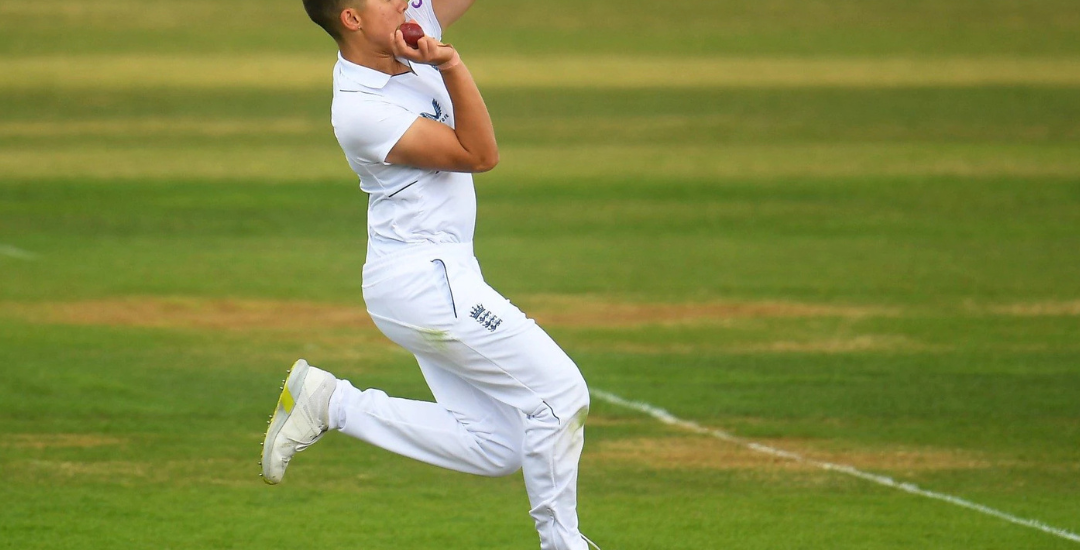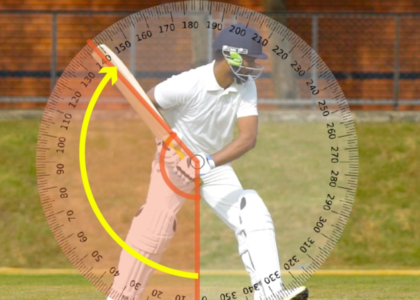Fast bowling is often described as the backbone of any successful cricket team. It combines power, skill, and strategy to outwit and unsettle the best batsmen. For aspiring fast bowlers, mastering the art requires focus on technique, fitness, and mental strength. This guide dives deep into tips and techniques to help you become a more effective fast bowler.
1. Understanding the Fundamentals of Fast Bowling
Fast bowling is not just about speed. While raw pace is essential, controlling your deliveries, varying your line and length, and reading the batsman’s weaknesses are crucial components. Here’s a breakdown of the key fundamentals:
- Run-up: Your run-up sets the tone for your delivery. It’s important to find a rhythm that feels natural. A fast, smooth run-up generates momentum, but it must be consistent for control. Focus on keeping a steady pace, and avoid jerky movements that disrupt your flow.
- Grip: The grip plays a pivotal role in how the ball behaves after leaving your hand. For fast bowling, you typically hold the ball with your index and middle fingers on either side of the seam and the thumb underneath. Ensure a firm but relaxed grip to prevent tension in your wrist, which could affect swing and accuracy.
- Wrist Position: Maintaining the right wrist position is crucial for fast bowlers. A locked wrist helps in releasing the ball with control. A slightly cocked wrist on release gives more power and can influence the amount of seam or swing you generate.
2. Perfecting Your Bowling Action
A bowler’s action can make or break his performance. There are different styles of fast bowling actions, such as side-on, front-on, and semi-open. Regardless of your style, a few general principles should guide your action:
- Body Alignment: Aligning your head, hips, and feet towards the target helps ensure that your energy is channelled directly at the batsman. Misalignment can cause loss of pace and poor control.
- Follow-Through: A proper follow-through is vital for maintaining momentum and minimizing injury. After releasing the ball, allow your bowling arm to follow through naturally, and your back foot should rotate forward to help absorb the force.
- Jump and Gather: Many bowlers leap just before their delivery stride. The “jump” helps gather energy for the final burst of speed. A compact, balanced jump will give you better control when landing into your delivery stride.
3. Focus on Seam and Swing
Fast bowling isn’t just about sheer speed; it’s also about movement—both off the seam and in the air. Learning to swing the ball (both conventional and reverse swing) can be your biggest weapon in dismantling batsmen.
- Conventional Swing: Conventional swing occurs when the ball moves in the air due to its aerodynamics. To bowl conventional swing, maintain the seam in a slightly tilted position toward the desired direction of movement. To swing the ball away from the batsman (outswing), tilt the seam toward slips and bowl with a stable wrist. To swing the ball into the batsman (inswing), tilt the seam toward leg slip.
- Reverse Swing: Once the ball gets older and scuffed on one side, reverse swing can be employed. In reverse swing, the ball moves in the opposite direction to conventional swing. To master this, focus on keeping the rough side of the ball facing the direction you want the ball to swing, and apply a lot of pace.
4. Variations in Fast Bowling
Batsmen quickly adapt to repetitive deliveries. The key to keeping them guessing is incorporating variations into your bowling.
- Bouncers: A well-directed bouncer can be a game-changer. Aim for the batsman’s upper body, but make sure it’s within legal limits. The purpose is to unsettle the batsman and push him onto the back foot.
- Yorkers: Yorkers are some of the most difficult deliveries to execute but are incredibly effective when done correctly. Aim for the base of the stumps or the batsman’s toes. A well-placed yorker is nearly impossible to defend.
- Slower Ball: Fast bowlers often deceive batsmen with slower deliveries. Hold the ball deeper in your fingers or use an off-cutter grip to take pace off the ball. The batsman may expect a faster delivery and mistime their shot, leading to a wicket.
- Off-Cutter and Leg-Cutter: These deliveries move off the pitch, adding another layer of unpredictability. For off-cutters, use your fingers to apply more pressure on the inside of the ball, making it deviate toward the off-side after bouncing. For leg-cutters, apply pressure on the outside of the ball to move it toward the leg side.
5. Fitness and Conditioning for Fast Bowlers
Fast bowling is physically demanding, requiring strength, stamina, and endurance. Focus on building:
- Core Strength: A strong core helps stabilize your body during your action and prevents injuries. Incorporate exercises like planks, sit-ups, and Russian twists into your routine.
- Leg Strength: Powerful legs are crucial for generating speed. Squats, lunges, and leg presses can help build strength in your legs, enabling you to run faster and bowl quicker.
- Cardiovascular Fitness: Long spells of fast bowling can leave you exhausted. Interval training, such as sprinting combined with jogging, can help build stamina while simulating match conditions.
- Flexibility and Recovery: Regular stretching and yoga can improve flexibility, allowing for a more fluid bowling action. Proper recovery, such as massages and ice baths, is equally essential to prevent fatigue.
6. Mental Toughness and Strategy
The mental side of fast bowling is just as important as the physical. Fast bowlers need to stay focused, aggressive, and patient. Here are some ways to build mental toughness:
- Set Goals: Break down your bowling into small, achievable goals. For example, focus on getting a specific batsman out or maintaining a particular economy rate. This keeps your mind sharp and goal-oriented.
- Study the Batsman: Great fast bowlers study their opponents. Know the strengths and weaknesses of the batsmen you’re up against. Target areas where they are vulnerable, and use field settings to your advantage.
- Confidence Under Pressure: Cricket is a game of ups and downs. Bowlers will face tough times when batsmen dominate. Maintaining confidence and sticking to your plans during such periods is crucial.
7. Dealing with Injuries
Fast bowlers are prone to injuries due to the repetitive nature of their action. Common injuries include shoulder, back, and knee problems. Prevention is key, and this involves:
- Warm-Up Properly: Always warm up thoroughly before bowling to avoid muscle strains. Incorporate dynamic stretches that focus on your shoulders, arms, and legs.
- Monitor Workload: Over-bowling is a leading cause of injury, especially for young bowlers. Make sure you follow a balanced training schedule that includes rest days.
- Seek Professional Help: If you do experience pain or discomfort, seek physiotherapy or medical advice early to prevent long-term damage.
Conclusion
Mastering the art of fast bowling is a journey that requires dedication, skill development, and a deep understanding of the game. By perfecting your technique, working on variations, and maintaining peak physical condition, you can become a formidable fast bowler. Whether you’re just starting or already in your cricketing journey, the tips and techniques shared in this guide will help you progress and take your bowling to the next level. Remember, consistency and perseverance are key – keep practicing, and success will follow!
4o




